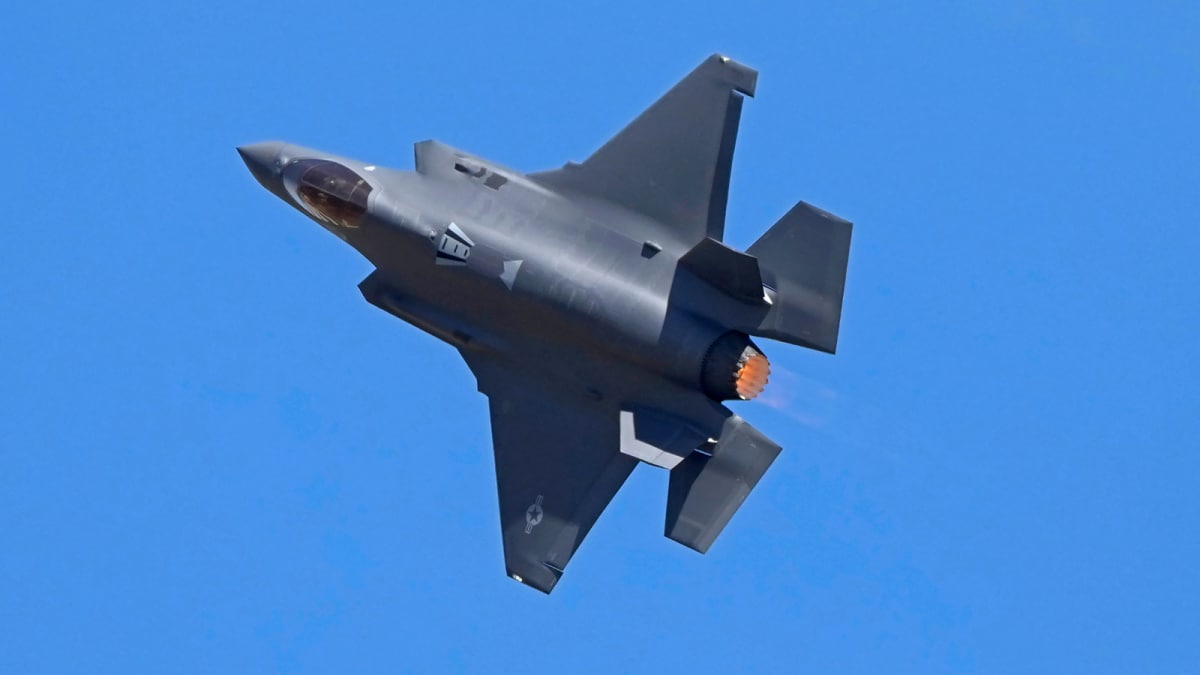ARTICLE AD BOX

Donald Trump tariffs (AI image)
The United States has collected more tariff revenue in the first-half of 2025 than in all of last year, signalling a dramatic rise in income driven by President Donald Trump's aggressive trade policy.
As per news agency AFP, the US treasury recorded more than $87 billion in tariff revenue through June, surpassing the $79 billion collected in the entirety of 2024.June alone brought in $26.6 billion in tariffs, nearly four times the amount recorded in January. The figures reflect the sharp escalation in duties introduced since Trump returned to office and began dismantling the US’s post-WWII free trade playbook.Trump’s administration has struck several trade deals with other countries that include tariff rates significantly higher than previous levels. However, they remain below the maximum figures that were initially threatened.Starting August 1, new tariff rates of between 11 and 50 per cent are set to take effect for around 80 countries, including the entire European Union. The same day will also see a 50 per cent levy on copper imports come into force.
Trump praised the impact of his tariff strategy on social media, claiming it had revived the country’s fortunes. “One year ago, America was a dead country; now it is the ‘hottest’ country anywhere in the world,” he posted on Truth Social. He further declared that the tariffs were making America “great & rich again” as global governments rushed to finalise trade agreements ahead of the deadline.The sharp rise in tariffs is already having a visible impact on prices across the US economy. According to news agency AP, the Federal Reserve’s preferred inflation gauge rose to 2.6 per cent in June, up from 2.4 per cent in May. Excluding food and energy, core prices were up 2.8 per cent compared to the same period last year.The Fed, which left its benchmark interest rate unchanged at 4.3 per cent last week, expressed caution about cutting rates too soon. Chair Jerome Powell noted that it could take time to assess whether the price rise is temporary or more persistent.On a monthly basis, overall prices and core prices each rose 0.3 per cent. The biggest increases were seen in imported goods: furniture rose by 1.3 per cent, appliances by 1.9 per cent, and computers by 1.4 per cent in June. Meanwhile, gas prices increased by 0.9 per cent and grocery costs by 0.3 per cent.Despite the solid GDP growth of 3 per cent in the second quarter, American consumers remained cautious. Consumer spending rose by just 0.3 per cent from May to June, with inflation-adjusted growth at a marginal 0.1 per cent.
The commerce department reported that year-to-date consumer spending has remained sluggish, with only a 1.4 per cent annualised increase in Q2.As per AP, some services saw price drops, such as hotel stays, which fell 3.6 per cent in one month, and airfares, which declined 0.7 per cent. However, the impact of higher import costs on goods continues to dominate inflation trends.The new tariff rates, coming into effect next week, are expected to further shape consumer behaviour and inflation metrics in the months ahead.



.png)
.png)
.png)
















 20 hours ago
5
20 hours ago
5









 English (US) ·
English (US) ·